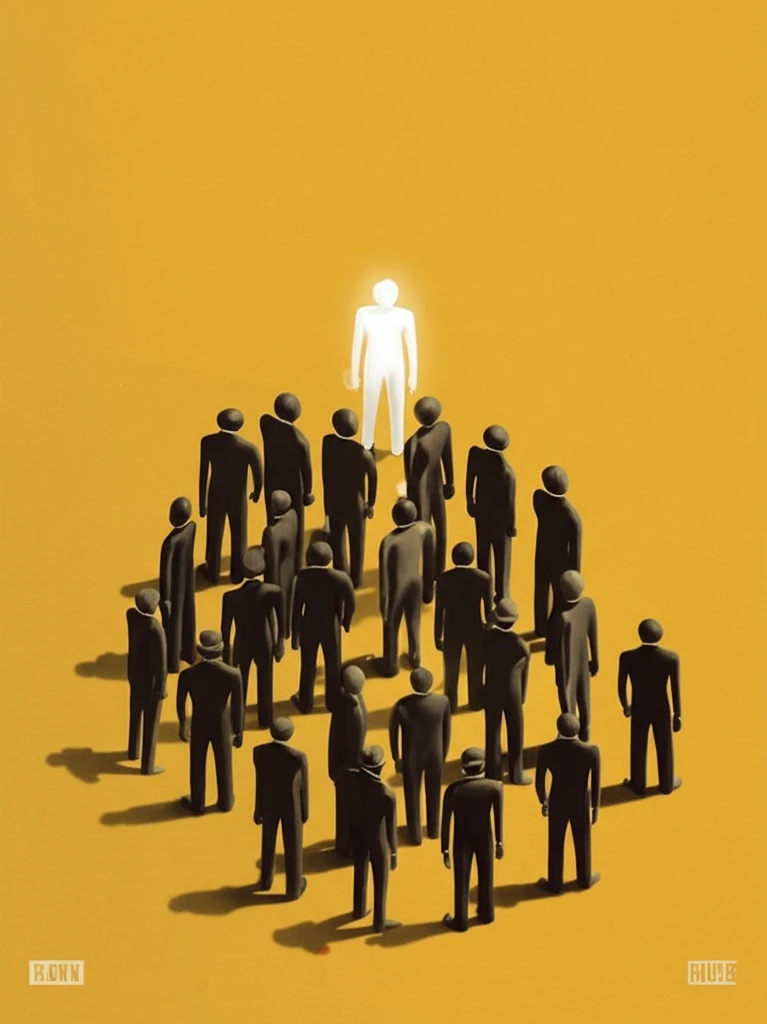
Decoding 'The Help': How White Savior Narratives Perpetuate Racial Inequality
"Unpacking the problematic rhetoric of white heroism in film and its impact on interracial understanding."
Movies have a profound influence on how we perceive historical and contemporary racial dynamics. Unfortunately, Hollywood often falls back on narratives that gloss over the harsh realities of racism. These narratives frequently romanticize the past, revive harmful stereotypes, and promote the misleading idea of a post-racial society. One of the most pervasive and damaging tropes is the “White savior” narrative, prominently featured in films such as The Help.
The White savior narrative typically portrays a White character as the hero who rescues people of color from their plight, often overshadowing the agency and contributions of the people they are supposedly helping. This trope not only distorts historical facts but also reinforces a sense of White moral superiority, minimizing the systemic issues that perpetuate racial inequality. Understanding how these narratives function is crucial for fostering a more accurate and equitable understanding of race relations.
This article delves into the mechanics of the White savior trope as it appears in The Help, using Kenneth Burke's theory of dramatism to dissect how the film constructs its characters and narrative. By examining the elements of scene, agency, and purpose, we can reveal how the film subtly constrains Black characters while elevating the White protagonist. This analysis aims to equip readers with the tools to critically assess media representations of race and challenge narratives that perpetuate harmful stereotypes.
What is the White Savior Trope and Why is it Harmful?

The White savior trope is a recurring theme in films and literature where a White character takes on the role of rescuer, saving people of color from their circumstances. While seemingly benevolent, this narrative has several problematic implications:
- Reinforces Racial Hierarchies: By positioning White characters as the saviors, these stories reinforce the idea that people of color are incapable of solving their own problems, perpetuating a sense of White superiority.
- Overshadows Black Agency: The focus on the White character often diminishes the contributions and resilience of Black individuals and communities, undermining their agency and historical significance.
- Romanticizes Racism: These narratives often gloss over the systemic nature of racism, portraying it as individual acts of prejudice that can be overcome through the intervention of a White savior.
- Promotes White Innocence: By casting White characters as heroes, these stories absolve White audiences of their complicity in perpetuating racial inequality, reinforcing the idea of White innocence.
Moving Beyond White Savior Narratives: Towards Authentic Representation
The White savior trope is more than just a recurring plot device; it's a reflection of deeper societal biases that need to be addressed. By understanding how these narratives function, we can begin to challenge their prevalence and demand more authentic and equitable representations of race in media. This involves:
